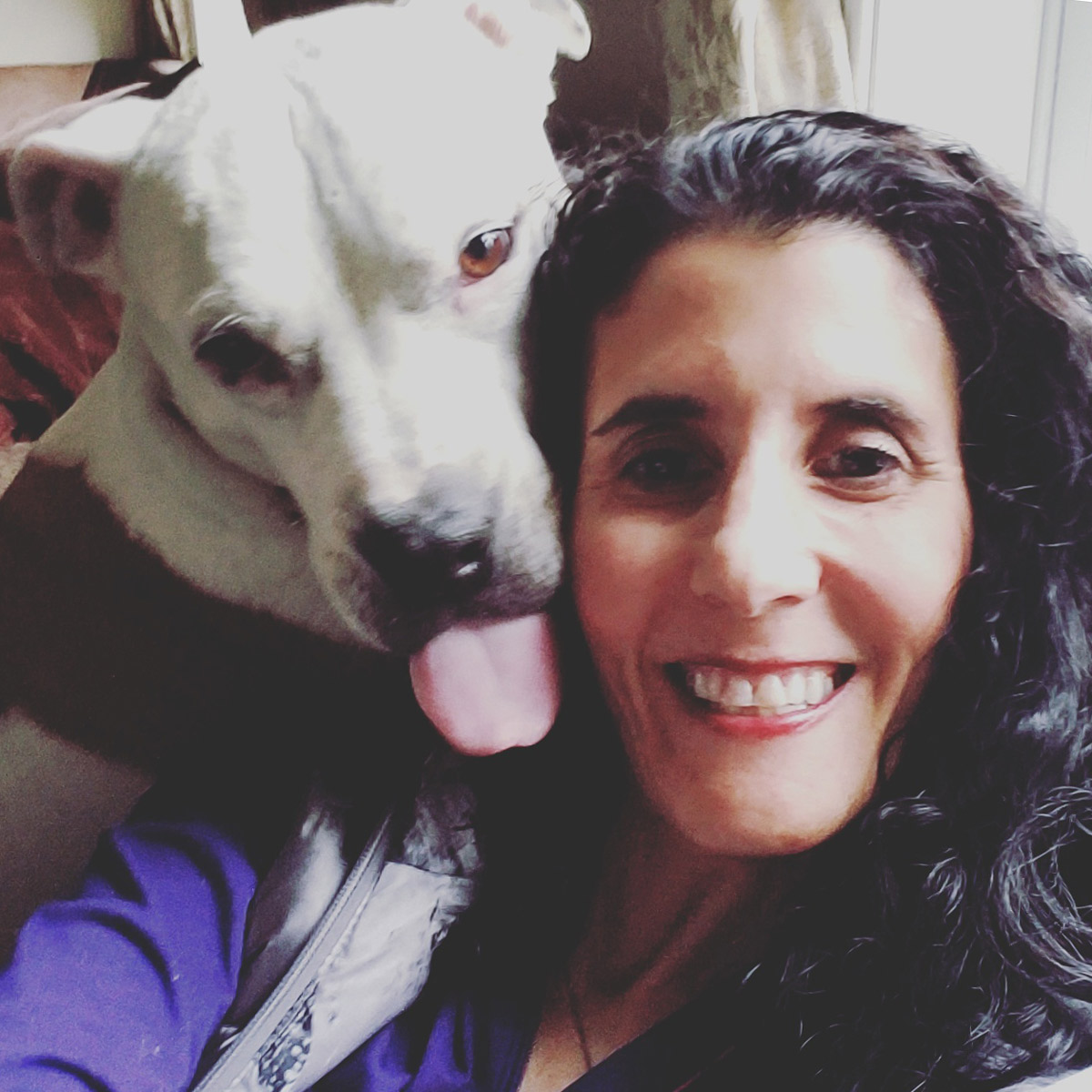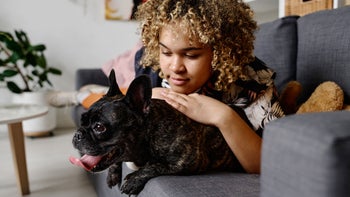
Do Dogs Grieve? Yes, and Here’s What You Can Do to Help Them
Key takeaways:
Recent research suggests that dogs do grieve and mourn the loss of a human or dog, much like people.
Keeping your dog’s routine and schedule as normal as possible will help them during grief.
Grief behaviors vary depending on the dog, but they generally return to normal within 2 to 6 months.
Table of contents

No two dogs are alike. They are individuals with personalities, quirks, and minds of their own. And though no human can get inside a dog’s mind, anyone who has ever seen a dog lose a beloved human or furry family member knows that dogs feel loss and profound sadness.
For years, people believed that dogs were not capable of grieving and were simply responding to human emotions. But newer research indicates that changes in a dog’s behavior following the death of a person or companion dog are expressions of grief.
Do dogs feel grief?
Dogs do feel grief when they lose a human or animal companion. Like humans, dogs mourn the loss of the individual and their bond with that person or animal.
Search and compare options
One survey of dog owners found that 86% saw negative changes in the behavior of the surviving dog after the death of a companion dog in the home. Owners reported seeing changes in the surviving dog’s activities, such as eating habits, sleeping, and interest in playing. They also observed emotional changes, such as becoming fearful.
Signs and symptoms of grief in dogs
When dogs mourn the loss of a two- or four-legged family member, they show many of the same behavioral changes humans do.
For example, when a dog loses a close human or animal companion, they may:
Become depressed
Lack energy
Show decreased interest in food
Lose weight
Lose interest in playing
Sleep more than usual
Cry
Appear generally somber
Every dog is different, so you may not see any of these behaviors in your dog. Or you may notice your dog exhibiting other behaviors, such as searching for the missing human or animal or waiting in usual places for their person or furry pal to return.
Some grieving dogs may show signs of stress, such as:
Panting
Whining
Pacing
Fidgeting
Barking
Vocalizing
Read more like this
Explore these related articles, suggested for readers like you.
If your dog appears stressed for a prolonged period, consult your vet to make sure nothing else is going on physically and discuss strategies to calm your pup.
What can you do for a grieving dog?
Grief is a normal part of losing a human or animal family member, so give your dog time to grieve and mourn the loss. In the meantime, you can help your dog cope by keeping their routine as normal as possible. Avoid any additional disruption that could cause your dog stress.
You can comfort your dog by giving extra cuddles and praising them for calm behavior. Rather than reprimanding your dog, ignore behaviors that you want to discourage, such as howling or waiting for a missing family member to return. Instead, try to encourage your pup to engage with you and snuggle or play a game.
You and your dog may both be feeling a sense of loss, so be there for each other. Spend extra time with your dog and give them more affection. Speak to your dog as you go through your day. Your dog will be comforted by the sound of your voice.
If your dog enjoys people, invite friends over who you know will interact with your pup. Encourage interaction with people so your dog doesn’t become socially withdrawn.
When you leave the house, provide entertainment for your dog. For example, hide treats all around the house so your pup has to go searching. You might also leave the television or radio on to keep them company.
Talk to your vet if your dog doesn’t appear to improve or shows signs of stress that could harm their health.
How long will a dog grieve the loss of another dog?
Most dogs’ behavior seems to return to normal within 2 to 6 months. But in some cases, owners reported noticing grief-related behavior changes that lasted longer than 6 months.
The length of time a dog grieves the loss of another dog varies from dog to dog. Several factors may affect the length of the dog’s grieving process. These include the dog’s age, health, and relationship with the other dog. It can also be affected by the grieving process of the humans in the home.
The bottom line
When a human or companion animal dies, other dogs in the home exhibit behaviors that suggest they grieve the loss of that individual. Many behaviors are similar to those humans display when grieving, such as changes in their appetite, activity level, and sleep. Just be there for your dog and offer extra love and attention while your furry pal adjusts to losing a close companion.
Why trust our experts?



References
Albuquerque, N., et al. (2016). Dogs recognize dog and human emotions. Biology Letters.
American Kennel Club. (2023). Do dogs grieve other dogs?
Hunter, T., et al. (n.d.). Do dogs mourn? Veterinary Centers of America.
King, B. J. (2017). Humans are not the only creatures who mourn. Scientific American.
Mood, A. (2023). How to tell if your dog is stressed. American Kennel Club.
Uccheddu, S., et al. (2022). Domestic dogs (canis familiaris) grieve over the loss of a conspecific. Scientific Reports.





























